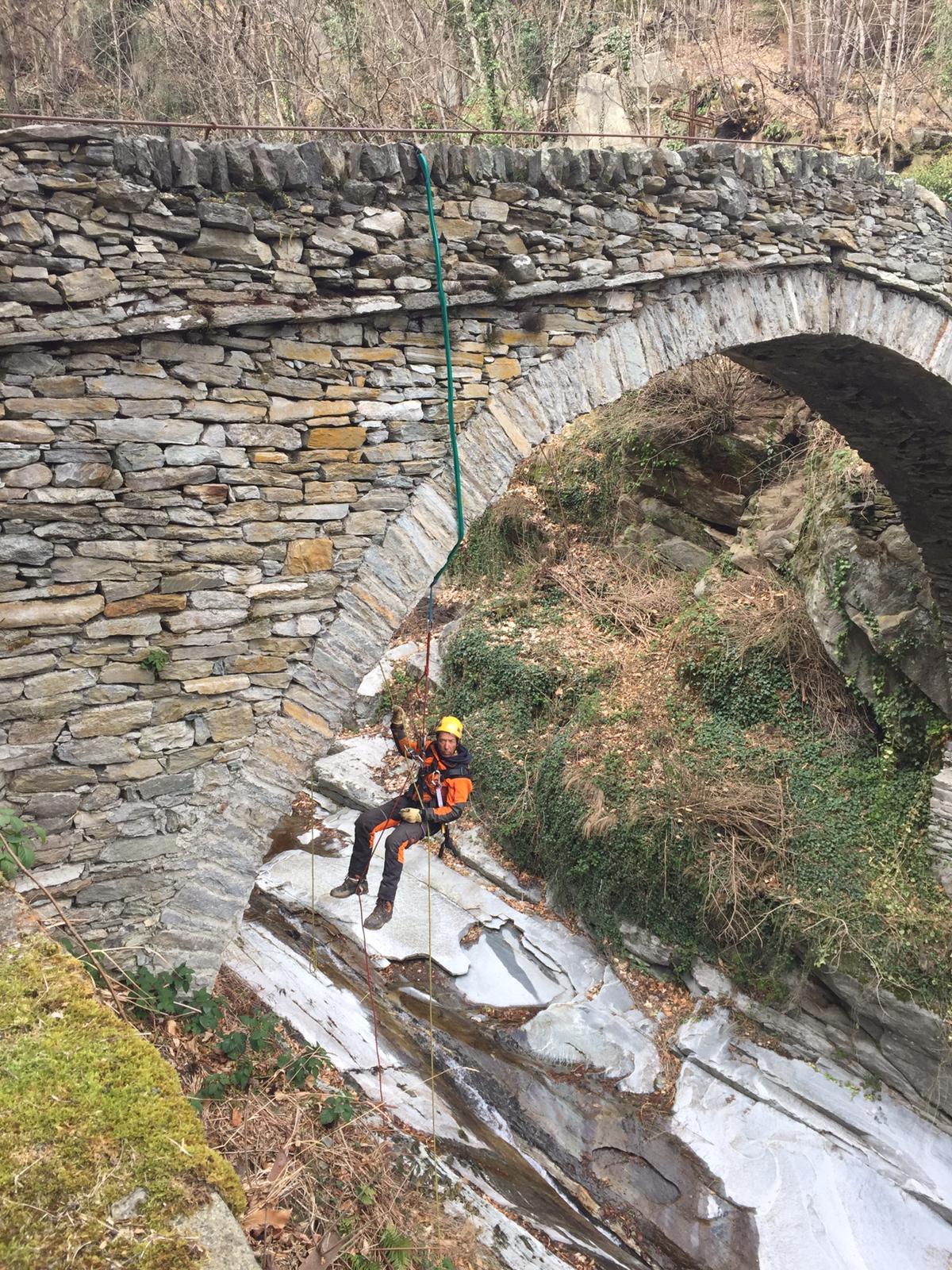07/07/2023 | Partner: Regione Valle d'Aosta
The Vaseras Bridge
A slender and solid structure at the same time, it tells the difficulties of those who have lived along these alpine slopes.
A few steps from the administrative center of Pontboset, the Vaseras bridge has crossed the La Manda stream for more than two centuries.
A place of passage for men and animals, it allows you to reach and exploit the resources of the valley and testifies to the hard work of an entire community for daily lives.

Context
The village of Pontboset has always maintained a close connection with the surrounding small villages, forests, fields, and pastures thanks to the numerous bridges that allow you to cross the waterways that run through and irrigate the entire valley.
This network of routes also includes the Vaseras bridge located between the administrative center and the Brenve valley, along the route that leads to the Sanctuary of Retempio, built in 1835 and dedicated to Our Lady of the Visitation and San Rocco, and the Pussuy pass.
History
Nestled on the right-hand side of the Champorcher Valley, the Vaseras bridge makes a wide jump to cross the La Manda stream and lead men and cattle towards the pastures in the valley above.
Sources first mentioned it in 1818 when it appears in the report on the condition of the bridges and roads carried out by order of Count Nicole de Bard. Defined in good condition, excluding the parapets, it had to be already in masonry.
In 1825, perhaps following a destructive event, Jean-André-Bordet was entrusted with its reconstruction. In the Cahier des charges it is specified that the communities interested in its use and maintenance will have to bring the lime from Bard and the stones, sand and wood from the immediate surroundings. After the work was completed, in August 1826 it was tested by the mêtre maçon, the arch. Jean Stévenin d’Issime.
The description of these events underlines how the entire population worked to keep these structures useful to the life of the rural community and this bridge provides an exceptional example of this.
Architecture
Clinging to the rocky banks of the stream, it’s a single span bridge with a round arch of about 15 M in height, supporting a deck equipped with a harmonious pebble pavement. Being a humpbacked bridge is characteristic of numerous similar bridges that were built in the Aosta Valley, especially between the 18th and 19th centuries.
No dating element recognizable on this structure allows us to determine with certainty the construction date. However, there is a stone placed on the left-hand side of the valley that bears a very particular inscription: of difficult interpretation, it could conceal a date, 1676, curiously engraved from right to left and with the figures mirrored and inverted. Almost certainly reused from a previous structure, this thousandth stone carries with it a history that goes beyond the life of the bridge destined to remain forever unknown.


